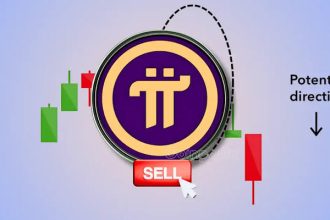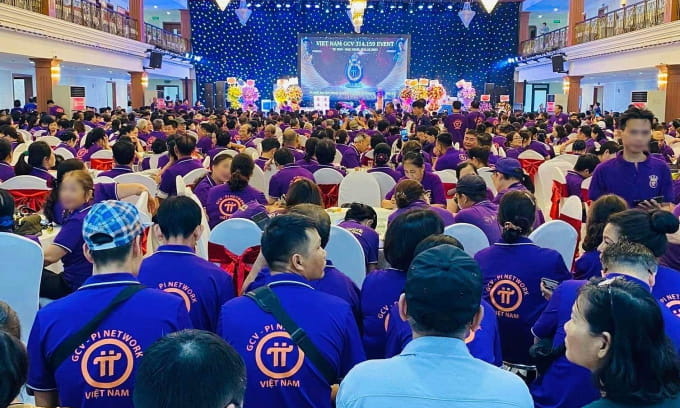In the world of cryptocurrency, Pi has emerged as an innovative and promising digital currency. Unlike traditional cryptocurrencies that rely on energy-intensive Proof-of-Work (PoW) or complicated Proof-of-Stake (PoS) mechanisms, Pi utilizes a unique consensus algorithm called the “Proof-of-Contributor” (PoC). This approach aims to make mining accessible to the masses and reduce energy consumption. However, as more pioneers join the Pi Network, the process of mining becomes progressively challenging. In this article, we will explore the reasons behind this phenomenon and its implications for the Pi community.
Understanding Pi Network’s Proof-of-Contributor
🚨 The more Pioneers join Pi, the harder it becomes to mine it.#pi #pinetwork #picoin #minepi #pi2day pic.twitter.com/T2YmwZ6QCS
— pinetworkmembers π (@pinetworkmember) July 16, 2023
The Pi Network was created by a group of Stanford University graduates who sought to create a user-friendly and inclusive cryptocurrency. The core idea behind Pi is to enable mining through everyday activities, such as interacting with the Pi app or inviting friends to join the network. By contributing to the growth of the network, users earn Pi coins, creating a decentralized and self-sustaining ecosystem.
Unlike PoW systems like Bitcoin, where miners compete to solve complex mathematical puzzles, or PoS systems, where wealthier participants have a greater chance of validating transactions, Pi’s PoC algorithm relies on social connections and user engagement. The more pioneers actively contribute to the network’s growth, the more difficult mining becomes.
Mining Difficulty and Network Growth
The difficulty of mining in the Pi Network is directly tied to its user base and the overall activity level of its pioneers. When Pi was in its early stages, mining was relatively easy, as the number of pioneers was limited, and the contribution threshold was low. However, as the network expands and attracts more participants, the mining process becomes more challenging.
To prevent potential abuse and ensure the network’s security and integrity, the Pi Network has implemented mechanisms to adjust mining difficulty dynamically. The primary goal is to maintain a balance between user growth and the scarcity of Pi coins. As more pioneers join and actively contribute, the algorithm responds by increasing the difficulty, making it harder to mine additional coins.
Incentivizing Active Participation
The increasing difficulty of mining serves as a powerful incentive for pioneers to remain engaged and actively contribute to the network. By encouraging continuous interaction with the Pi app and inviting others to join, users can maximize their mining rewards. This approach aligns with the Pi Network’s vision of creating a vibrant community of engaged individuals who actively contribute to the network’s growth and development.
Challenges and Opportunities
While the rising mining difficulty may deter some users who joined the network with the expectation of easy mining rewards, it also presents opportunities for those committed to the long-term success of Pi. As the network matures and the mining process becomes more challenging, the value of earned Pi coins may increase. Consequently, early pioneers who remain active and accumulate a significant number of Pi coins stand to benefit the most from the network’s growth.
Moreover, the growing difficulty reinforces the network’s security. With a larger and more active user base, the risk of malicious attacks or fraudulent behavior diminishes significantly. This enhances the overall trust and credibility of the Pi Network as a legitimate and viable digital currency.
The Pi Network’s Proof-of-Contributor algorithm is a revolutionary approach to cryptocurrency mining, encouraging active user participation and fostering a strong, engaged community. As more pioneers join Pi and actively contribute to its growth, the mining process becomes increasingly challenging. While this may deter some, it also strengthens the network’s security and incentivizes long-term commitment from dedicated pioneers. As the Pi Network continues to evolve, striking a balance between user growth and mining difficulty will be crucial in realizing its vision of becoming a widely adopted and sustainable digital currency.













I am sending you 1π! Pi is a new digital currency developed by Stanford PhDs, with over 47 million members worldwide. To claim your Pi, follow this link https://minepi.com/daiv101 and use my username (daiv101) as your invitation code.